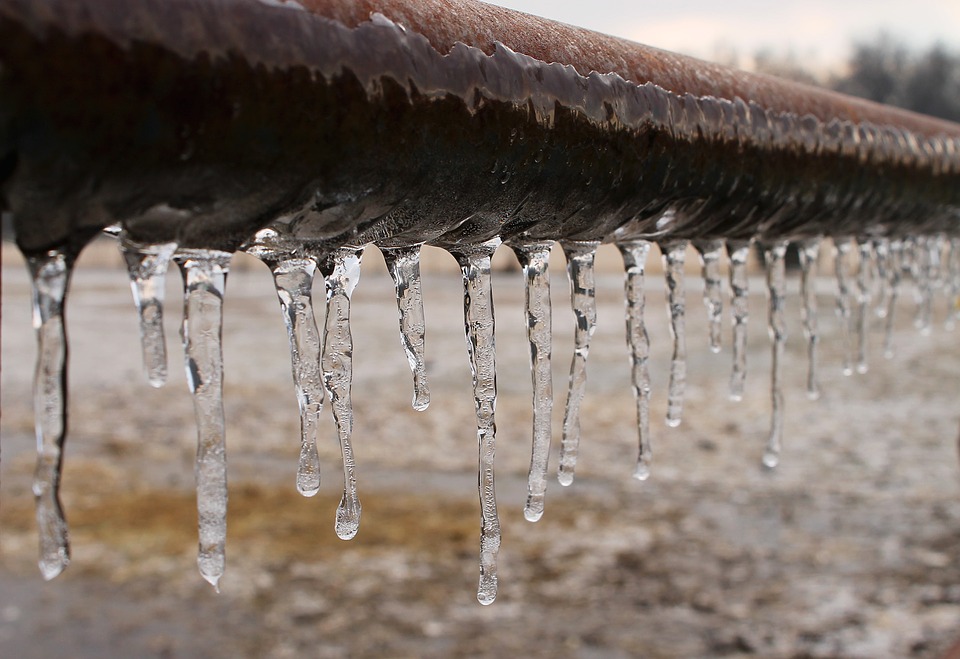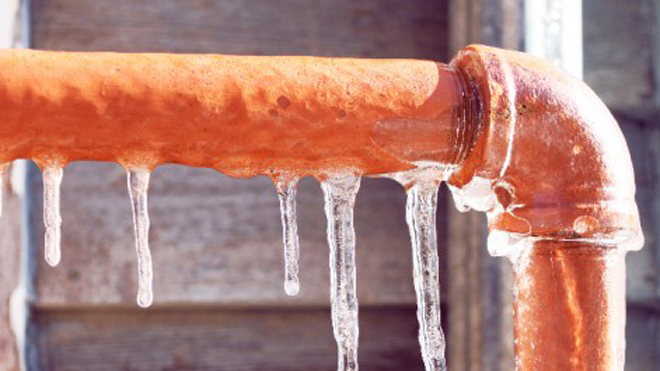The article author is making a number of great points regarding Preventing and dealing with frozen pipes in general in the article following next.

Cold weather can wreak havoc on your plumbing, particularly by freezing pipelines. Here's just how to avoid it from happening and what to do if it does.
Intro
As temperature levels decrease, the danger of icy pipelines boosts, potentially leading to expensive repairs and water damages. Recognizing how to avoid frozen pipes is vital for home owners in cool environments.
Avoidance Tips
Protecting at risk pipelines
Wrap pipelines in insulation sleeves or use warmth tape to safeguard them from freezing temperature levels. Focus on pipes in unheated or outside locations of the home.
Heating methods
Maintain indoor rooms effectively warmed, especially areas with plumbing. Open closet doors to permit cozy air to circulate around pipes under sinks.
How to determine frozen pipelines
Seek lowered water circulation from faucets, uncommon smells or sounds from pipes, and noticeable frost on subjected pipes.
Long-Term Solutions
Architectural modifications
Take into consideration rerouting pipes away from outside walls or unheated locations. Add extra insulation to attics, basements, and crawl spaces.
Updating insulation
Purchase premium insulation for pipes, attic rooms, and walls. Proper insulation assists keep consistent temperature levels and lowers the threat of icy pipes.
Securing Exterior Plumbing
Garden hoses and exterior taps
Detach and drain pipes yard hose pipes prior to winter season. Set up frost-proof faucets or cover outdoor faucets with insulated caps.
Recognizing Icy Pipelines
What creates pipelines to ice up?
Pipelines ice up when subjected to temperature levels listed below 32 ° F (0 ° C) for prolonged periods. As water inside the pipelines ices up, it expands, taxing the pipe wall surfaces and potentially creating them to rupture.
Threats and damages
Icy pipes can bring about water disruptions, home damages, and expensive fixings. Burst pipes can flooding homes and cause considerable architectural damages.
Indications of Frozen Pipes
Recognizing frozen pipelines early can prevent them from bursting.
What to Do If Your Pipelines Freeze
Immediate actions to take
If you believe frozen pipelines, keep taps available to eliminate pressure as the ice melts. Utilize a hairdryer or towels soaked in warm water to thaw pipes gradually.
Conclusion
Stopping frozen pipelines requires aggressive steps and quick actions. By comprehending the causes, indications, and preventive measures, house owners can protect their plumbing during cold weather.
5 Ways to Prevent Frozen Pipes
Drain Outdoor Faucets and Disconnect Hoses
First, close the shut-off valve that controls the flow of water in the pipe to your outdoor faucet. Then, head outside to disconnect and drain your hose and open the outdoor faucet to allow the water to completely drain out of the line. Turn off the faucet when done. Finally, head back to the shut-off valve and drain the remaining water inside the pipe into a bucket or container. Additionally, if you have a home irrigation system, you should consider hiring an expert to clear the system of water each year.
Insulate Pipes
One of the best and most cost-effective methods for preventing frozen water pipes is to wrap your pipes with insulation. This is especially important for areas in your home that aren’t exposed to heat, such as an attic. We suggest using foam sleeves, which can typically be found at your local hardware store.
Keep Heat Running at 65
Your pipes are located inside your walls, and the temperature there is much colder than the rest of the house. To prevent your pipes from freezing, The Insurance Information Institute suggests that you keep your home heated to at least 65 degrees, even when traveling. You may want to invest in smart devices that can keep an eye on the temperature in your home while you’re away.
Leave Water Dripping
Moving water — even a small trickle — can prevent ice from forming inside your pipes. When freezing temps are imminent, start a drip of water from all faucets that serve exposed pipes. Leaving a few faucets running will also help relieve pressure inside the pipes and help prevent a rupture if the water inside freezes.
Open Cupboard Doors
Warm your kitchen and bathroom pipes by opening cupboards and vanities. You should also leave your interior doors ajar to help warm air circulate evenly throughout your home.

We had been shown that article on Winter Plumbing Precautions: Preventing Frozen Pipes from someone on a different domain. In case you enjoyed reading our page please remember to share it. I treasure reading our article about Preventing and dealing with frozen pipes.
Quote & Schedule